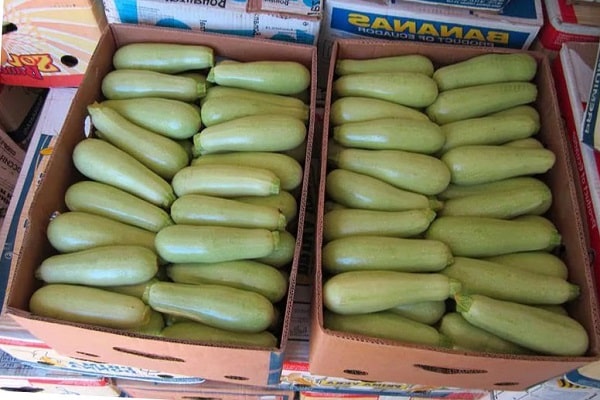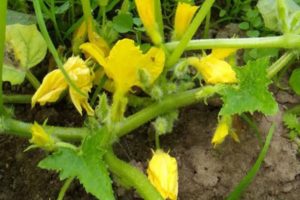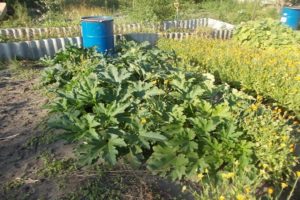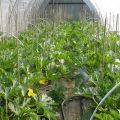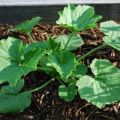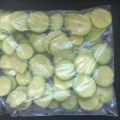How to properly grow and care for zucchini in the open field
To get a good harvest of zucchini, growing and caring for which in the open field is not particularly difficult, important agricultural rules must be observed. The vegetable is unpretentious, bears fruit in almost any conditions and with minimal maintenance. In order for the yield of zucchini to be higher, you need to apply some knowledge and make a little physical effort.
Content
- 1 Preparation and sowing procedure for vegetable marrow seeds
- 2 Crop rotation and compatibility with other crops
- 3 Preparing squash seeds
- 4 The procedure for sowing zucchini in open ground
- 5 Agricultural technology for growing marrow in the open field
- 6 How to care for zucchini during fruiting?
- 7 Diseases and pests, methods of protection and prevention
- 8 Harvesting and storing zucchini
Preparation and sowing procedure for vegetable marrow seeds
While growing zucchini is not difficult, a number of conditions will need to be created for good fruiting. This culture will actively develop in warm sunny areas that are protected from the winds. It is necessary to provide for the possibility of regular and abundant watering.
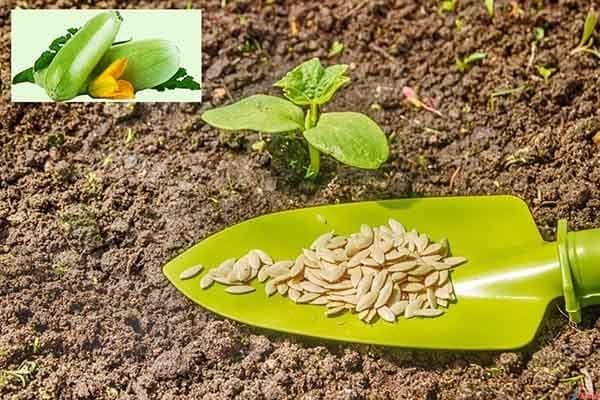
Soil preparation
To increase the yield of squash, you need to choose the right place for growing them. It is best to prepare the bed in advance in the fall, but this can be done in the spring, about a week before planting. The culture loves fertile, rich soils with neutral acidity.
It will not grow on poor lands, therefore, when digging, it is imperative to apply the appropriate fertilizers. Their type and number depend on the size of the site and the qualitative composition of the available soil.
The following components should be added to the composition of sandy soils per 1 m²:
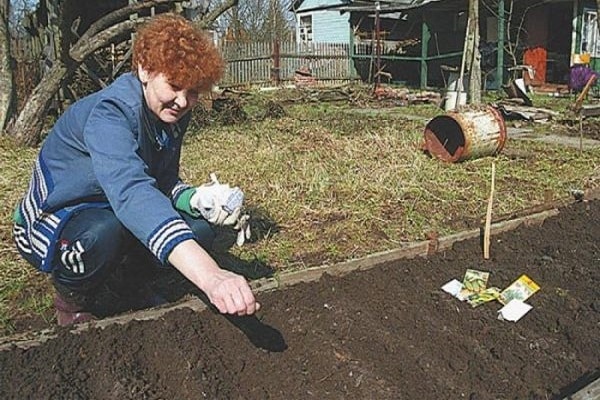
- 2-3 kg of sawdust or compost;
- 2 tbsp. l. ash;
- 1 tbsp. l. phosphorus additives (superphosphate);
- 1 bucket of peat and sod garden land.
To grow zucchini in open ground with a predominance of the peat component, the following fertilizers will be required per 1 m²:
- 2 kg of compost or humus;
- 1 bucket of sod land;
- 2 tbsp. l. wood ash;
- 1 tsp. potash (potassium sulfate) and phosphorus fertilizers.

If the soil is loamy, then you need to add 1 m²:
- 3 kg of peat;
- 2 kg of sawdust and rotted compost;
- 2 tbsp. l. ash;
- 1 tbsp. l. phosphorus fertilizers.
Chernozems are diluted with the following components (per 1 m²):
- 2 kg of sawdust;
- 2 tbsp. l. wood ash;
- 1 tbsp. l. superphosphate or other nitrogenous fertilizer.

At first, all components are evenly scattered over the surface of the garden, except for mineral granules. Then it is dug to a depth of at least 25-30 cm, leveled and well spilled with mineral fertilizer diluted with warm water (about +40 ° C). To retain moisture and heat, the bed is covered with plastic wrap until planting.
Crop rotation and compatibility with other crops
Competent agrotechnology of growing marrow excludes their placement on the same site earlier than 3-4 years later. They will feel good and thrive after many garden plants. You can not plant this crop where melons, cucumbers, pumpkins, watermelons and other melons grew. Specific bacteria left over from previous relatives can infect squash plantings. The best predecessors for bush squash are considered: potatoes, onions, carrots, cabbage, cereals, green herbs.
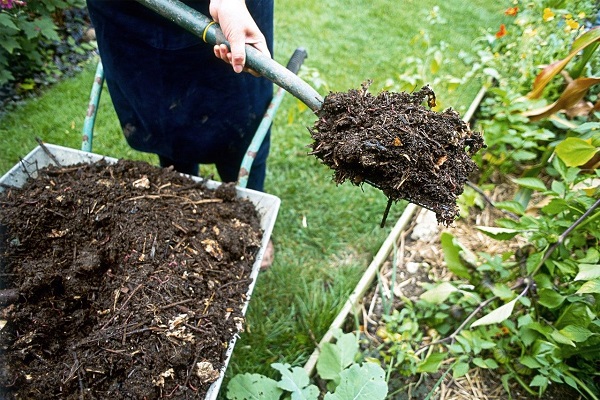
Preparing squash seeds
Sowing zucchini is done when the air temperature no longer drops below + 10 ... + 12 ° C, this time in most regions falls on the end of May and the beginning of June. In northern regions, planting dates are often shifted to early July. To improve germination and speed up the harvest time, it is necessary to prepare the seed material in a special way in advance.
The seed preparation technology consists in the following manipulations:

- seeds are carefully sorted out, discarding empty and damaged ones;
- they are soaked for several minutes in a weak solution of potassium permanganate, the emerging specimens are thrown away;
- the seeds settled to the bottom of the container are removed and re-soaked in a solution of any growth stimulant (Epin, Zircon and others) for 20-30 minutes;
- then the seeds are filtered, rinsed with lukewarm water and wrapped in a damp cloth to swell for several hours;
- the swollen, but not yet germinated seed is placed in a refrigerator for stratification for 2 days (at a temperature of about 0 ° C);
- then the bundle is placed in a well-lit warm place (on the windowsill) for several days, the fabric is periodically moistened;
- when the roots reach a length of about 0.5-1 cm, the seeds can be planted.
Sprouted seeds should be planted as soon as possible, this process should not be delayed. Since the roots grow quickly, then when planting, they can intertwine and break off. A damaged seed will no longer sprout.

The procedure for sowing zucchini in open ground
When the temperature is stable and warm outside, it is time for the zucchini to plant. In order to obtain an earlier harvest, it is recommended to grow this crop using a seedling method. Sprouted seeds are sown in individual containers (peat pots, plastic cups, etc.) in advance, about 2-3 weeks before the expected date of planting in open ground. Then they are placed at home on a windowsill or in a greenhouse.
The grown seedlings are planted in the ground on the site when warm weather sets in, and covered with agrofibre or film.
The agrotechnology for growing marrows in a seedless way provides for sowing directly into the ground. At a distance of at least 0.7-1 m from each other, wide and shallow holes are made, in each of which you need to add a little wood ash and humus (2-3 tbsp each), then spill with a light pink weak solution of potassium permanganate for disinfection. Place 2-3 seeds in the hole, after the sprouts appear, leave 1 of the strongest, and remove the excess.

If the threat of frost persists, then the crops are covered with foil. You can cover each seedling with a glass jar or a cut plastic bottle.
Agricultural technology for growing marrow in the open field
With proper agricultural technology, the number of days from planting to harvesting the first fruit can be reduced and a fresh, useful crop can be obtained much earlier. The correct cultivation technology will provide not only early vegetables, but also high yields.
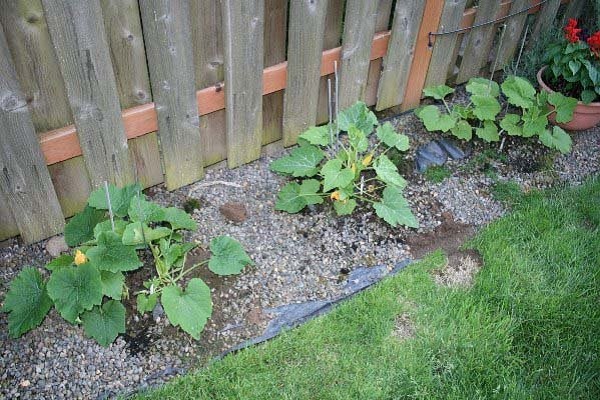
Subsequent care for planting zucchini consists of the following procedures:
- timely and regular watering;
- weeding and thinning of green mass;
- dressing (before budding, during flowering and pollination, during ripening and harvesting).
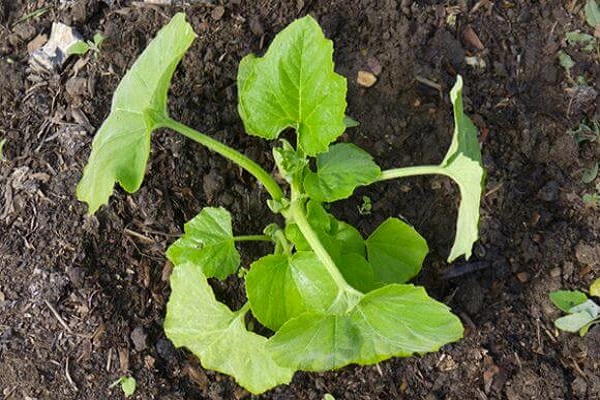
Zucchini care before flowering
To get more flower ovaries, you need to take proper care of the squash. After emergence and before budding, young plants are fed several times. Mineral nitrogenous and organic fertilizers are used. Nitrophoska is used as a nitrogen-containing substance, it is diluted with water (30 g per 10 l). The best organic matter for feeding will be a mullein, which is diluted with hot water in a ratio of 1:10, then let it brew for 3-4 hours. After dilution in a ratio of 1: 5, plants are watered with infusion.
For 1 bush, 1 liter of liquid is enough. The nutritious water composition is poured directly under the root, avoiding the solution getting on the leaves. The best effect can be achieved by alternating between different types of fertilizers.

How to feed zucchini during flowering?
To attract insects during flowering that pollinate plants, it is recommended to spray the leaves and flowers with a sweet composition (use a solution of honey or sugar - 1 tsp for 1 glass of water). To improve access to the buds, it is advised to remove a few leaves from the center of the bush.
Blooming zucchini are fed with a composition prepared from 10 liters of water, 1 tbsp. tablespoons of superphosphate and 40 g of potassium nitrate. Each plant consumes up to 1.5 liters of solution. You can insist 60 g of wood ash per 10 liters of water, then add Effecton to the liquid (according to the instructions) and water the bushes with this mixture at the rate of 1 liter per 1 plant.

How to care for zucchini during fruiting?
An important point in the cultivation of zucchini agrotechnics is feeding during fruiting. For this, the following compositions of mineral complexes are used:
- in 1 bucket of water, dilute 2 tbsp. l. universal fertilizer (Agricola vegeta and others) and 2 tbsp. l. nitrophoski, then poured under the root (2 liters per bush);
- dissolve in 1 bucket of water 1 tbsp. l. potassium sulfate, double superphosphate and urea (1 liter per 1 bush).
Fertilizing zucchini organic matter (mullein) is carried out according to the same scheme. During the harvesting period, the crop needs foliar fertilization with growth stimulants (2 liters per 10 m²), the bushes are sprayed at intervals of 10-12 days.
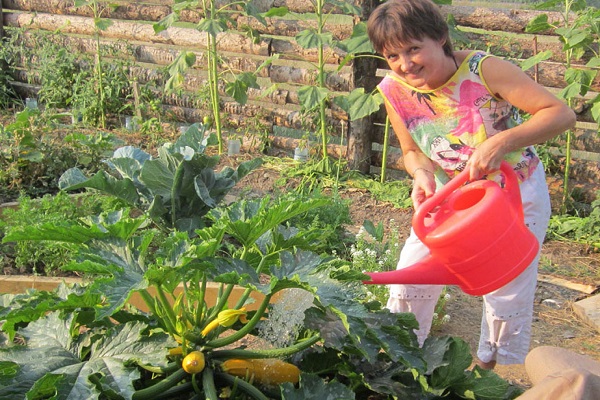
Watering
Until the fruits begin to ripen, the plants are watered once a week. For 1 bush, you need to spend about 2 liters of water. You can combine moisturizing with dressing. Watered only with a warm solution, because the ovary rots from cold water. With the beginning of fruiting, watering is increased up to 2-3 times a week. 1 bush will already take from 3 to 5 liters.
But zucchini do not like excessive dampness either; when growing, the foliage should be well ventilated. Therefore, until the leaves close between the rows, weeds in the aisles are removed at least three times. If this procedure is not carried out on time, then it will no longer be possible to do this without traumatizing the sheet plates. Thickened and overgrown plantings are susceptible to various fungal diseases and pest attacks.
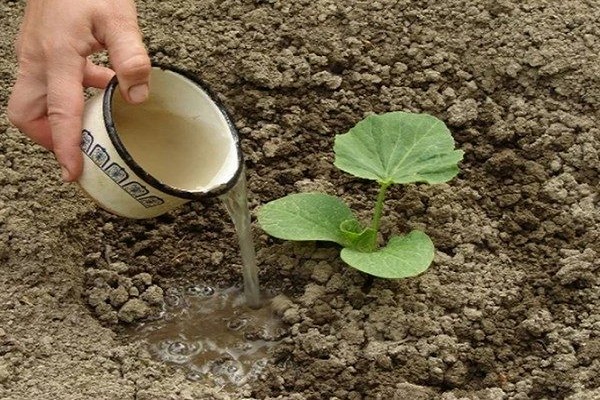
Outdoor zucchini care: video
The quantity and quality of the zucchini harvest largely depends on adherence to the cultivation technology and knowledge of some important nuances. For example, it is not recommended to loosen the soil under the bushes and even more so to huddle them. The root system of this culture is branched and superficial, so it is easy to damage it. The plant will suffer from improper agrotechnical manipulations.
Diseases and pests, methods of protection and prevention
Pumpkin crops are quite often affected by various fungal diseases, and are also attacked by insect pests. Zucchini care includes a number of preventive measures, consisting in maintaining crop rotation, timely and thorough removal of all plant residues.
Most often, zucchini suffer from the following diseases:
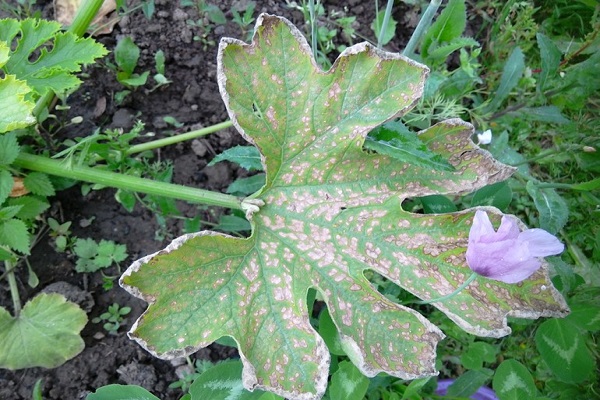
- Powdery mildew.The disease manifests itself as a loose grayish-white bloom, which turns brown over time. The leaves curl and dry up, the fruits stop growing and become deformed. The reason is sharp temperature jumps and excess nitrogen. Spraying with colloidal sulfur or a fungicide solution (Bayleton, Topsin-M and others) helps. If necessary, the procedure is carried out twice with an interval of 2 weeks.
- Black mold. Symptoms are round or angular yellow-rusty spots that turn black-brown over time, then the leaves crumble and crumble. The fruits stop growing and shrivel. The disease cannot be treated, damaged bushes must be destroyed.
- Bacteriosis Oily spots form on the leaves, darkening over time. The fruits become glassy, ulcerate and rot. Warm and humid weather becomes a provoking factor. Treatments with Bordeaux liquid (1%) help.
- Sclerotinia (white rot). White fungal bloom covers all green parts of the plant, including the ovaries, which first soften and then dry out. The fungus often infects overly thickened plantings, as well as during prolonged wet and cold weather. The affected bushes are immediately removed and burned.
- Anthracnose. Brownish-yellow rounded spots appear on the leaf plates, which, when dried, turn into holes. Then all the green mass is affected, the fruits dry out at the root. The development of the disease is provoked by wet but hot weather. For control, spraying with Bordeaux liquid (1%) and dusting with finely ground sulfur (10 m² - 20-30 g) are used.
The culture can be oppressed by insect pests:
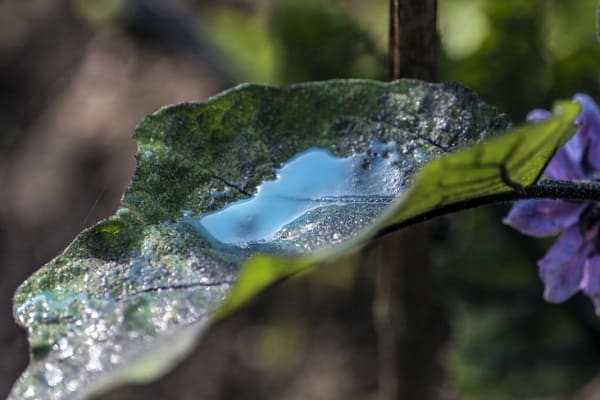
- Melon aphid. Damages the entire green aboveground part, which gradually dries out. Spraying with infusion of potato tops, onions, garlic, hot hot pepper, dusting with tobacco dust and processing with a solution of household soap (300 g per bucket of water) helps. When a large number of pests appear, insecticides are used (Decis, Karbofos).
- Whiteflies. Insects leave a sticky sugar coating on the back of the leaf blades. The traces of their vital activity become a breeding ground for the development of fungal infections, leading to wilting of foliage. The spots are washed off with plain water, the ground under the bushes is loosened 2 cm deep. In case of severe damage after harvesting the fruits, the plants and the soil under them are sprayed with insecticidal preparations (Commander).
- Slugs. Insects eat flowers, leaves and stems of squash, spoil the presentation of fruits and carry infections. As a preventive measure, frightening crops (mustard, garlic, lavender) are planted nearby. Set up various traps and collect pests by hand. Ground mustard, pepper, crushed eggshells, needles are scattered around the bushes. As a last resort, copper sulfate or superphosphate is used.

Harvesting and storing zucchini
Zucchini is harvested as the fruit grows throughout the season. The most useful and tasty are unripe vegetables 15 to 25 cm long, while they still have a thin skin and delicate small seeds. Harvesting such specimens stimulates the bush to grow other fruits quickly and form more ovaries.
Young zucchini are intended for quick consumption and can be stored in the refrigerator for up to 2 weeks.
Few know how to properly harvest. You can't just pluck the fruits, the stem is so badly damaged and an infection can get into the wound. Experts recommend cutting vegetables with a sharp knife. Not quite ripe zucchini are cut off at the very base of the stalk, the tail is left more ripe at least 5-7 cm.
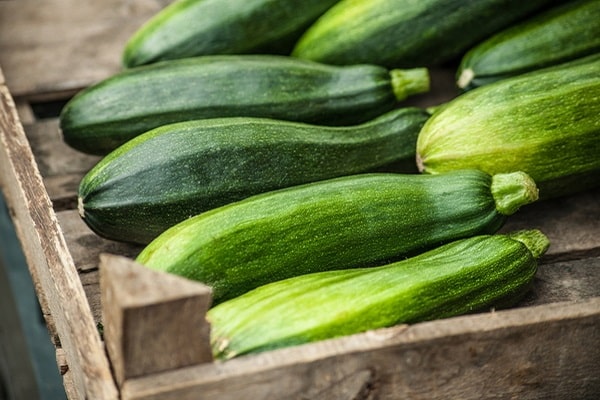
Vegetables intended for long-term winter storage must be allowed to fully ripen. The degree of ripeness and when it is time to put the zucchini for storage are determined by the thick, hard crust and the corresponding booming sound when tapped.After cutting, the ripe fruits are left to lie in the garden for 5-7 days so that they warm up well in the sun, and the skin hardens even more.
The thick bark will prevent pathogenic bacteria from entering the vegetable and will contribute to longer storage. Periodically, the fruits need to be turned over. To increase keeping quality, the ends of the remaining stalks are dipped in molten paraffin.
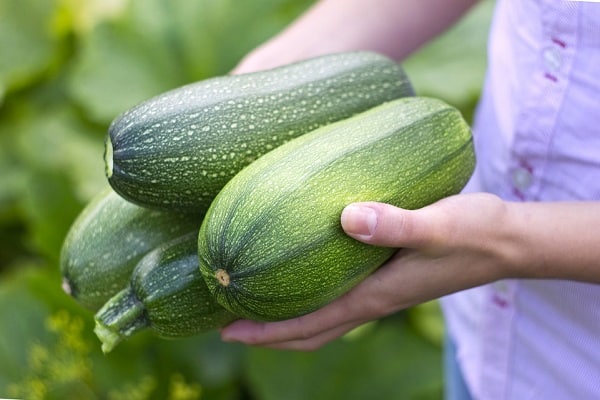
Zucchini is stored in a dry cellar or basement with good exhaust ventilation. The fruits are laid out on shelves lined with paper or straw, hung in nets (you can use the remaining long stem) from the ceiling or placed in boxes, sprinkling vegetables with sawdust (they should not touch). If it is not possible to keep the crop in a special room, then you can store the zucchini in the apartment. To do this, they are placed in a dry and dark place (under the bed, closet, in the closet, at the balcony door).
Some fruit can be kept in the refrigerator. Wrapped in polyethylene with pre-made perforations, they are placed in the vegetable compartment. Well-grown and well-ripened squash can last until freshly harvested. But in spring, the seeds inside the fruit begin to sprout, and the pulp acquires a bitter taste.
